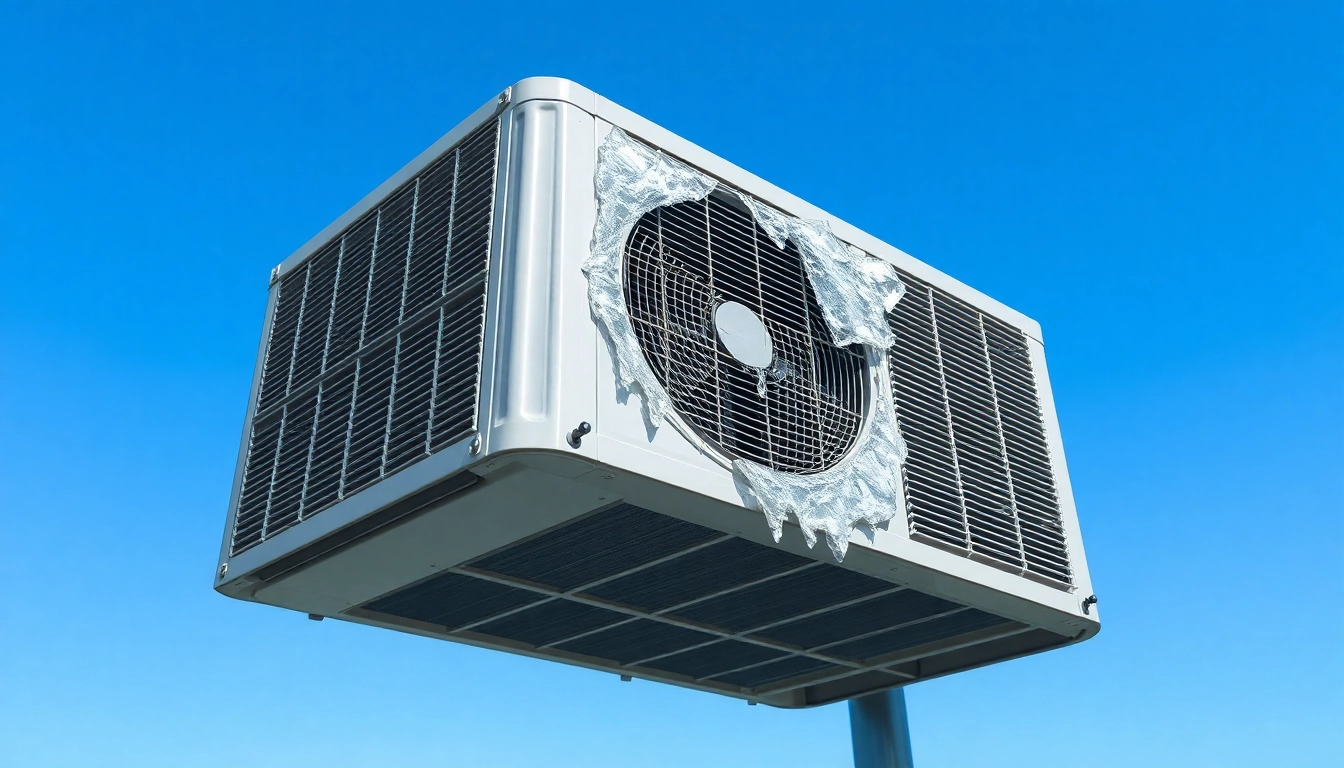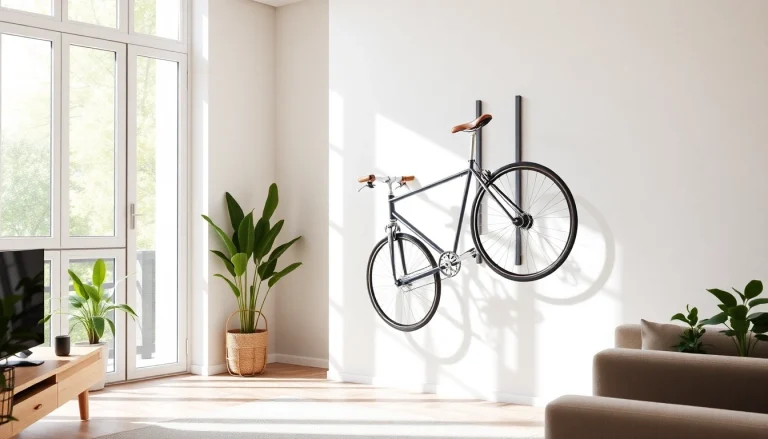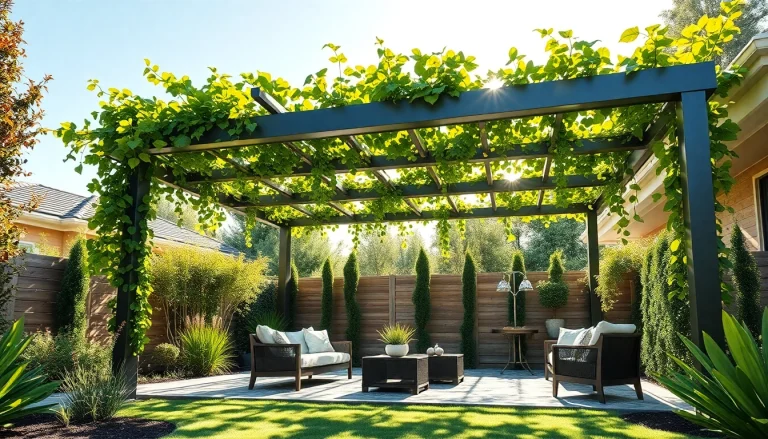Understanding Common Causes of Central Air Conditioner Not Blowing Cold
If your central air conditioner is not blowing cold air, it can be a significant discomfort, especially during the hot summer months. Understanding the potential causes of this problem is crucial for efficient troubleshooting and repair. With this knowledge, you can take the necessary steps to get your system back to optimal performance. Common causes for this issue range from low refrigerant levels to clogged air filters and faulty thermostat settings. For a deeper look into these potential issues, exploring the central air conditioner not blowing cold problem can provide clarity on what you can do to resolve the situation.
1. Low Refrigerant Levels
One of the most common reasons for an air conditioner to fail in cooling efficiently is low refrigerant levels. Refrigerant is a chemical responsible for absorbing heat from the air inside your home and releasing it outside. If there is a leak in the refrigerant lines, the entire system may struggle to produce cold air effectively. Signs of low refrigerant levels include:
- Increased humidity in your home.
- Warm air coming from the vents even when the AC is on.
- Presence of ice on refrigerant lines or coils.
To address this issue, a professional HVAC technician should be called to diagnose and repair the leak, and to recharge the refrigerant to the correct levels.
2. Clogged Air Filters
Dirty or clogged air filters can severely restrict airflow throughout your system. When airflow is obstructed, the AC unit may freeze up or fail to draw in warm air to cool effectively. Regularly maintaining and replacing air filters is a simple yet effective step that homeowners can take to ensure their system runs smoothly. Here are a few tips regarding air filter maintenance:
- Check filters monthly, and replace or clean them every 1-3 months, especially during peak usage seasons.
- Utilize filters recommended by your manufacturer for best results.
- Keep an eye out for dust or debris buildup around the intake vents; ensure they are clean and unobstructed.
3. Faulty Thermostat Settings
Your thermostat acts as the command center for your HVAC system, regulating the temperature. If it is improperly calibrated or malfunctioning, it may prevent your air conditioner from blowing cold air. Common signs include:
- Temperature readings that seem inaccurate compared to the actual indoor temperature.
- Thermostat settings that do not adjust temperature appropriately.
- Failure of the thermostat to respond to temperature changes.
Solution: Ensure that your thermostat is set to ‘cool’ and that its batteries are functioning. In some cases, it may require recalibration or replacement.
Signs Your Central AC Needs Attention
Recognizing the signs of a malfunctioning air conditioning unit can help you address the problem before it escalates. Apart from the failure to blow cold air, there are specific warning signs to watch for:
1. Unusual Noise from the Unit
If you hear clanking, grinding, or buzzing noises from your air conditioning unit, it could indicate serious mechanical issues. These sounds could be caused by loose parts, failing motors, or other internal problems requiring professional assessment. Ignoring these noises could lead to more costly repairs.
2. Ice Build-Up on the Coils
Visible ice formation on the evaporator or refrigerant coils is a significant warning sign. This frost can block airflow and prevent efficient cooling. The causes can include low refrigerant levels, a constrained airflow due to dirty filters, and thermostat issues. It is crucial to turn off your system to prevent further damage and call for repairs immediately.
3. Increased Energy Bills
If you notice a sudden spike in your energy bills without a corresponding increase in use, it could indicate that your air conditioner is working harder to cool your home due to inefficiencies. This increase might be caused by several factors, including system malfunctions or the need for an AC tune-up.
How to Troubleshoot Your AC System
When faced with a central air conditioner not blowing cold air, homeowners can take proactive steps to troubleshoot common issues before calling in professionals. Here are several troubleshooting steps to consider:
1. Checking Refrigerant Levels
The first step in troubleshooting involves checking if your air conditioner is low on refrigerant. This will typically require a trained technician equipped to properly handle refrigerants. If you suspect leaks, they can also conduct dye tests to identify any leaks in the system.
2. Cleaning or Replacing Air Filters
As previously mentioned, airflow is crucial for an AC unit’s performance. Begin by turning off your system and inspecting the filters. If they appear dirty or clogged, replace them immediately. Educate yourself on how to inspect and replace filters efficiently so that your air conditioning system stays at optimal performance levels.
3. Verifying Thermostat Functionality
Next, check your thermostat settings. Make sure it is set to a temperature lower than the current indoor temperature and in ‘cool’ mode. If necessary, you may need to recalibrate or replace a malfunctioning thermostat. You can also try resetting it according to the manufacturer’s instructions.
When to Call an HVAC Professional
While DIY troubleshooting can resolve some problems, certain situations necessitate calling in an HVAC professional. Understanding when to seek expert help is vital.
1. Recurrent Problems and Maintenance
If your unit frequently has issues with cooling or requires constant repairs, it may indicate deeper systemic problems. An HVAC professional can conduct a comprehensive assessment, identifying issues that you may not be equipped to handle.
2. Complex Repairs or Replacements
Some issues, such as problems with the compressor or the need for refrigerant replenishment, require specialized knowledge and tools beyond typical homeowner capabilities. Engaging a professional ensures the job is done safely and according to manufacturer specifications.
3. Understanding Warranty and Coverage Options
If your system is under warranty, it is often best to work with certified technicians to avoid voiding any coverage. They can help navigate the technicalities of warranty coverage and ensure that all repairs comply with your warranty requirements.
Preventive Measures for Efficient Cooling
Regular maintenance and preventive steps can enhance the lifespan and efficiency of your air conditioning system. Here are some actionable tips for homeowners:
1. Regular System Maintenance Checklist
Implementing a regular maintenance plan can help keep your AC unit running efficiently. Consider including tasks such as:
- Changing or cleaning air filters regularly.
- Cleaning the outdoor unit of debris and leaves.
- Scheduling annual professional inspections and servicing.
2. Seasonal Tips for Homeowners
As seasons change, so should your approach to maintaining your cooling system. Before the hot months, consider having your AC serviced to ensure it’s ready for operation. In winter, cover outdoor units to prevent weather damage.
3. Choosing Energy-Efficient Units
When it’s time to replace your air conditioning system, consider looking for energy-efficient models. Units with higher SEER (Seasonal Energy Efficiency Ratio) ratings can significantly reduce energy costs while providing effective cooling.
Conclusion
Understanding the dynamics behind a central air conditioner not blowing cold air is essential for proper maintenance, troubleshooting, and timely repairs. From low refrigerant levels to clogged filters and thermostat issues, numerous factors contribute to the cooling efficiency of your system. By remaining vigilant to the warning signs and adopting a proactive maintenance approach, homeowners can ensure their air conditioning units perform optimally and reduce the risk of costly repairs.























+ There are no comments
Add yours